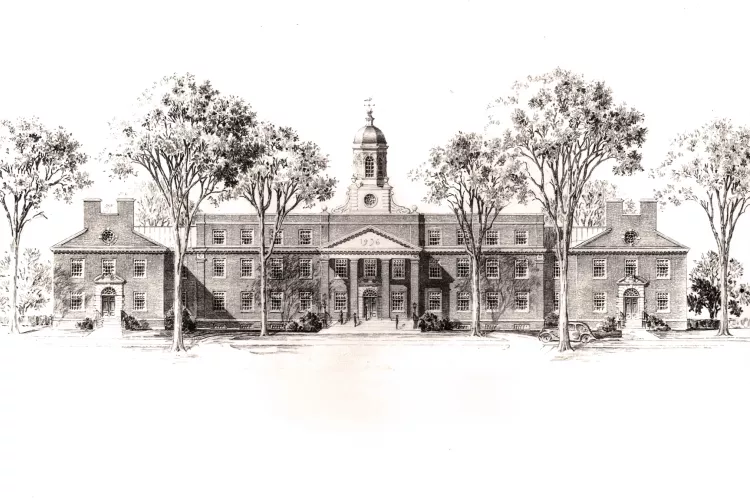Green Heart Project launches in Louisville
October 3, 2024An ambitious research project that launched today in Louisville has the potential to create a new blueprint for cities around the world.
The Green Heart Project will examine the link between neighborhood greenery and human health. This research, a collaboration led by the University of Louisville, The Nature Conservancy, Hyphae Design Laboratory and the Institute for Healthy Air Water and Soil, will inform a new municipal decision-making process, one that prioritizes health.
Aruni Bhatnagar, Ph.D., a professor and researcher with the University of Louisville School of Medicine, has been developing the idea and building the Green Heart team for more than two years.
“No one knows whether and to what extent trees and neighborhood greenery affects human health and why,” said Bhatnagar. “This work will tell us exactly how to design a neighborhood that supports human health and could provide protection from everything from asthma to heart disease to dementia.”
Existing research – including a pilot study in Louisville by the Institute for Healthy Air Water and Soil – supports a link between urban greening and health outcomes. However, the Green Heart Project is the first controlled experiment to test urban greening in the same way a new pharmaceutical intervention is tested.
The focal point of the project is a five-year health study. The research team will first assess the risk of diabetes and heart disease, stress levels and the strength of social ties in 700 participants from the neighborhood. At the same time, the team will take baseline measurements of air pollution levels.
Then, next fall, the team will plant approximately 8,000 trees, plants and shrubs (many of them mature specimens) throughout the neighborhood to create an urban ecosystem that promotes physical activity while decreasing noise and air pollution. Over the next three years, the 700 participants will receive annual check-ups to evaluate how the increasing greenery has affected their physical and mental health, and their social ties.
The project is focused in several neighborhoods of South Louisville, and brings together the power and expertise of university researchers, city officials and nonprofit leaders. Funding for the work comes from a diverse range of sources, including the National Institutes of Health and The Nature Conservancy.
“The Nature Conservancy believes that the fate of humanity and the fate of our natural world are intrinsically linked,” said David Phemister, the group’s Kentucky state director. “Conservation is fundamentally about nature and people. Green Heart provides a first-of-its-kind opportunity to scientifically quantify that link and provide the evidence base for better policies and investments in nature in the future.”
The project is a broad collaboration that includes several universities as well as Hyphae Design Laboratory, a consulting, design and engineering firm in Oakland, Calif., that works with architects, biologists and engineers to create new solutions to urban environmental challenges.
The Institute for Healthy Air Water and Soil is leading the community outreach work for the project, working with neighborhood residents to gather feedback and recruit participants. Institute founder Christina Lee Brown said this work will change how decisions are made.
“Our environment has a direct and deep influence on all aspects of our well-being,” Brown said. “We must have the scientific data on how to build an urban environment that supports human health. The Green Heart Project will give us the momentum we need to make decisions through the lens of health.”
Related News



